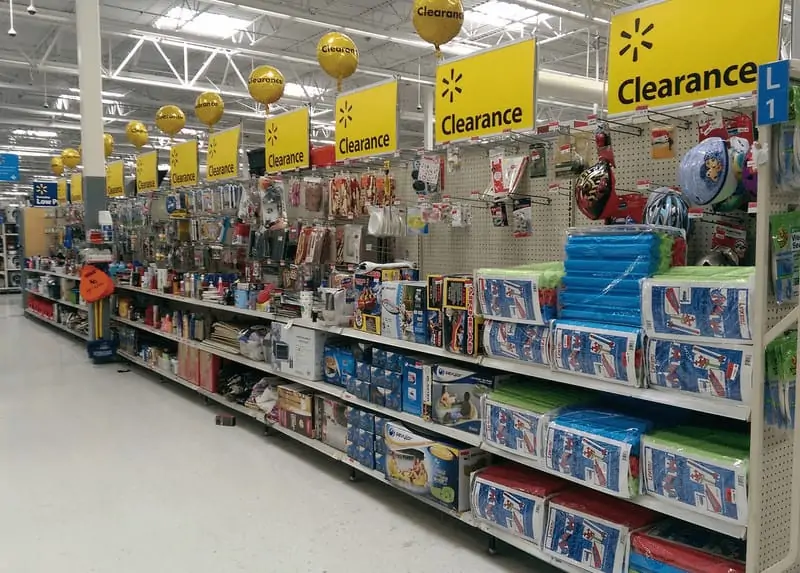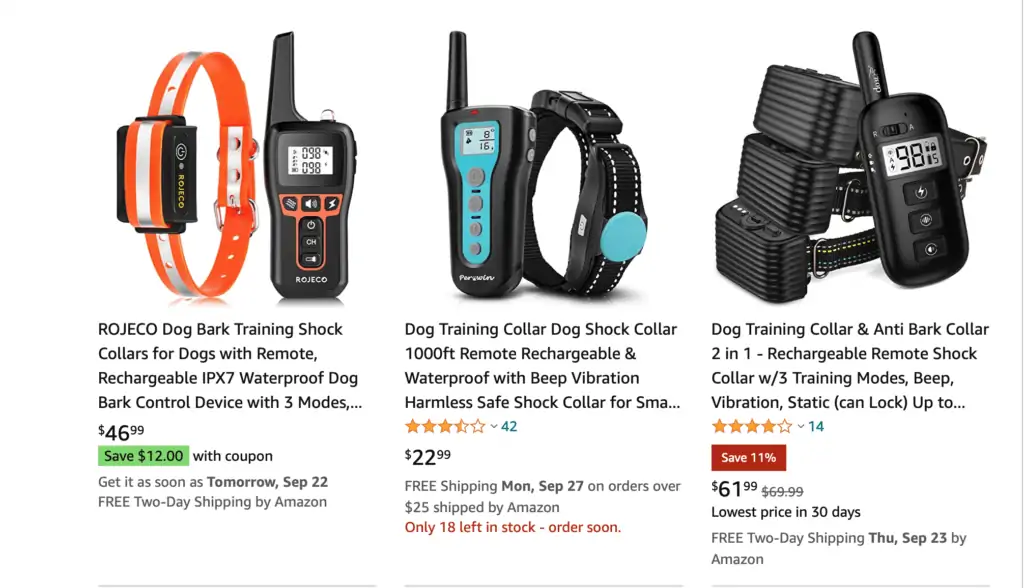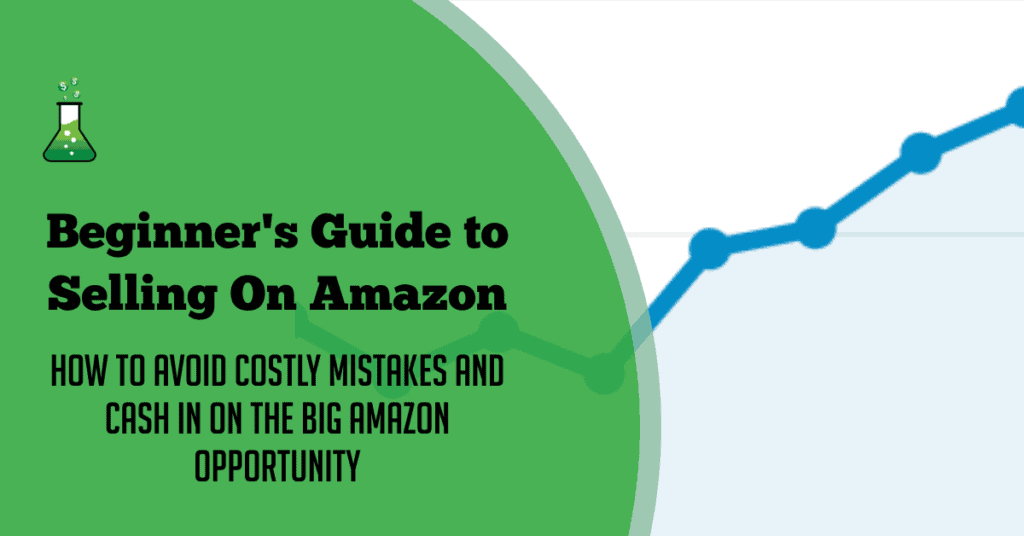I’ve made a lot of mistakes during the time I’ve spent selling on Amazon, some bigger than others.
For example, I invested thousands of dollars into Furby’s that wouldn’t sell at the price I had hoped because I didn’t pay attention to something that is painfully obvious to me now. No, it’s not that no one wants a Furby. I placed a follow-up order for more Furbys based on what I learned, and I earned a nice profit on them.
The guide below will show you how to sell stuff on Amazon, through the lens of some of the things I think it is most important for a beginner to know based on the mistakes that I’ve made and the successes I enjoyed.
My business now sells several million dollars worth of products on Amazon each year. The business earns me more than most career options, yet I’ve been able to hire people to do most of the day-to-day work. Speaking from experience, selling on Amazon is a great option if you want to make more money while also freeing your time.
I have helped thousands of people get started on Amazon using strategies that don’t require you to risk money you can’t afford to lose. You can be next. This guide will show you how it all works.
How Selling On Amazon Works
Selling on Amazon is simple, even for a beginner. There are four main steps:
- Set up your Amazon Seller Account.
- Find products to sell.
- List the products for sale.
- Ship the products.
If you decide that selling on Amazon is something you want to do, we have a lot of both free and paid content that will help you with all of these steps.
The main thing to focus on at this stage is whether selling on Amazon is something you want to pursue and if so, what strategies do you want to use to get products.
Why Sell on Amazon?
Arguably the biggest reason to sell on Amazon is the ability to reach hundreds of millions of customers who are already comfortable purchasing on the platform.
You can sell just about anything on Amazon and in return, you will pay Amazon a commission for bringing a customer to buy your item. I’ve sold so many random products that I would never have had a way to sell without Amazon providing the customers.
To give you an idea of what I’m talking about with random products, here’s a screenshot from my accounting system from the first December I was selling full-time on Amazon.
You can see that I sold: Cinnamon roll flavored oatmeal, Febreeze willow blossom scented refills, Dove chocolates, a Callaway hat gift set, a board game called Don’t Wake Daddy, a Batman toy, Ghiradelli chocolates, and a Starbucks gift set.
Now can you imagine trying to have a website of your own where you could get customers to buy all of those items from you in a less than 24 hours period? And on top of that for quite high prices? I know I can’t.
And that’s why I like selling on Amazon. I can pay them a commission in return for access to their customer base.
On top of being able to reach hundreds of millions of customers, Amazon also provides data points that help you know what will actually sell.
This means you can have a high degree of certainty that the items you buy to resell will be profitable before you buy them. We’ll talk about that more throughout the post, but the data that you have access to takes a ton of the risk out of the equation.
Then on top of reaching a ton of customers, and providing the data to know what to buy, Amazon will handle the fulfillment of orders as they sell. We’ll cover that in more detail shortly.
Using FBA
FBA stands for Fulfillment by Amazon.
When you list a product for sale, one of the important decisions you have to make is if you want to use this FBA program or ship the items to the buyer yourself.
When you list an item through FBA, you ship the products you have to sell to an Amazon warehouse and they handle everything from there. When someone buys your products, Amazon ships it to the customer for you.
Using FBA also unlocks the “Prime” badge next to your product, and gives all Prime members their exclusive shipping benefits. For sellers this generally means that your items will sell faster, and often for higher prices compared to shipping to customers on your own.
FBA is one of the main reasons I sell the majority of my items on Amazon. While there are extra fees for FBA, I’ve found that the extra sales you get and the time you save fulfilling orders is more than worth the added cost.
How to Get Things to Sell on Amazon
While you can sell used items on Amazon, the majority of Amazon sales come from new products. There are four main strategies for acquiring new products to sell:
- Retail Arbitrage
- Online Arbitrage
- Wholesale
- Your own products and brand

Retail arbitrage refers to buying products from your local stores like Walmart and then reselling them on online marketplaces like Amazon. This is the main strategy I used to get my business off the ground, and it is still an important part of it to this day.
Online arbitrage is very similar to retail arbitrage, only you are buying things from websites instead of in-store. The big benefit is that you can buy from anywhere you happen to be, but this means the competition for products is much higher.
With wholesale, you are buying in bulk from existing brands. Instead of buying whatever a store happens to have available, you go straight to the suppliers and get bulk quantities at a discount. Your first account is the hardest to get, but it’s doable and very worth it. Getting your first account is something we help many people with.
The final option is to create your own branded products, then sell those online. This is the most expensive and difficult option, but the upside is also the highest.
I’ll link to additional resources where you can learn about each of these strategies at the end of this article, but first I’d like to explain why I recommend starting with existing products.
Why You Should Focus on Existing Products as a Beginner
There is a big difference between these first three strategies and the fourth.
With the first three strategies, you are selling existing products with established brands. On Amazon, all identical products are sold through the same listing even if they have different sellers.
In other words, if you and I are both selling a copy of the game Monopoly, our products will both have the same listing.

A good way to think of this is that there is one listing for each product on Amazon, and then sellers can add their own “offer” to that listing.
This has a very important implication for you as a beginning Amazon seller. If you sell an existing product, you don’t have to worry about creating a product page, writing descriptions, taking pictures, getting reviews, or getting the product to rank. All that is taken care of already.
Creating Your Own Brand Is Risky And Far More Work
Many new sellers attempt a method of starting a brand that is known as “private labeling”.
Private labeling a product involves picking a “niche”, then finding manufacturers that can make you products with your own brand on them. Almost anything that isn’t protected by a patent can be private labeled.
While building your own brand is a strategy that can be very lucrative, there are some downfalls that make it a poor choice for many beginners:
- Private labeling is the most expensive way to start selling on Amazon.
- Private labeling involves far more work than other options.
- It’s easy to get stuck with a product that earns you far less than you had hoped.

When you private label a product, you are starting from scratch. You have to create the listing, take the pictures, get reviews, and get your product to work in Amazon search.
This is not easy to do, especially for a beginner who has no experience selling on Amazon. I have over a decade of experience on Amazon, and this is a process that I still find difficult.
How much money can you make as a beginner on Amazon?
The biggest concern people have about selling existing products is whether you can make money.
Over 95% of the sales and profits from my business come from existing products. We perform a combination of retail arbitrage, online arbitrage, and wholesale. Keep in mind that in any given year, we’re selling millions of dollars worth of products. Our own brands make up a very small portion of that.
More importantly, starting with existing products allows you to start earning a profit from the beginning. Many of the sellers we help get started see a profit in their first month.
When I made the jump to selling online full-time, I was able to earn over $16,000 profit in my first three months. That was all from retail and online arbitrage.
While the profits you’ll earn from arbitrage strategies can’t compare to what you’ll see in youtube ads about private labeling, the truth is that those high earnings are the exception. The majority of new private label sellers do not see that type of success. Many invest thousands and never see a profit.
In other words, I believe that starting with existing products is the smarter, strategic way to make money on Amazon. I’m over 10 years into my selling journey and I still prefer existing products.
What Should You Do Next?
Selling things online can be a lot more than a way to make a little extra money on the side.
One of the biggest mistakes that I made when I was getting started was not taking what I was doing seriously enough. It took a while before I treated it like a legitimate business. Once I did, my sales and earnings took off and it wasn’t long before I was hiring people and achieving a level of freedom and control over my schedule that I didn’t even realize was possible.
Before diving into selling on Amazon, I recommend signing up for our free, 5-part series on the fundamentals of a successful online selling business.
This course will teach you all the most important things I wish I had known and thought about when I was getting started selling online and help you generate a full-time living from it faster (assuming that is your goal).
One of the things you’ll learn about in the course is the different ways you can get products. If you want to read more about these now, here are some guides:

